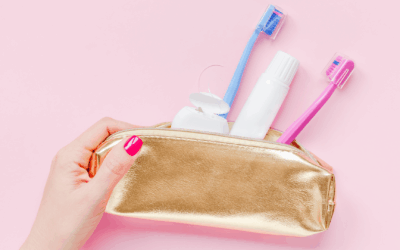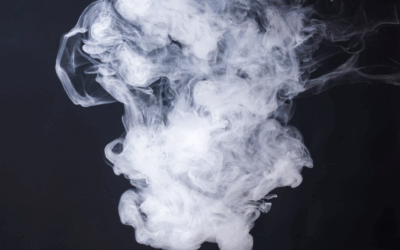Myofunctional therapy is gaining traction in orthodontic practices as an effective way to address oral and facial irregularities. This therapeutic approach focuses on rehabilitating, strengthening and correcting the function of the oral and facial muscles to improve breathing, chewing, and swallowing. For children, myofunctional therapy can address developmental issues related to oral habits that impact dental alignment and facial growth. For adults, the therapy helps improve symptoms resulting from lifelong patterns or unresolved childhood habits. By training the tongue to position itself properly in the mouth, myofunctional therapy can also significantly enhance orthodontic treatment outcomes.
Techniques of Myofunctional Therapy
Myofunctional therapy involves a series of exercises tailored to each patient’s needs. These exercises target the tongue, cheeks, and lips, aiming to correct the parafunctional habits that might be affecting the teeth and jaw alignment. Common techniques include:
- Tongue Strengthening and Positioning: Exercises that increase the tongue’s tone and ability to maintain optimal position in the mouth, crucial for correcting jaw development and alignment.
- Breathing Exercises: Techniques to encourage nasal and abdominal breathing, which is crucial for optimal oral health and posture.
- Lip Seal Training: Techniques that encourage a natural and consistent lip seal, which supports proper dental alignment and breathing patterns.
- Functional Chewing: Activities designed to promote correct chewing mechanics, which can impact bite alignment and digestion.
- Swallowing Therapy: Correcting the swallow pattern to prevent the tongue from pushing against the teeth.
- Habit Correction: Correcting habits like nail biting, thumb sucking, and lip biting by retraining the muscles used in these actions through specific exercises that strengthen and coordinate the oral and facial muscles, promoting healthier movements and eliminating detrimental habits.
- Tongue rehabilitation after tongue releases: Exercises designed to strengthen the tongue, improve its mobility, and ensure proper posture within the mouth. These exercises help restore and optimize functions such as breathing, swallowing, and speaking, which might have been affected by the tongue-tie.
Comprehensive Benefits of Myofunctional Therapy
Integrating myofunctional therapy into orthodontic care not only supports the effectiveness of traditional treatments like braces but also offers comprehensive health benefits:
- Stabilization of Orthodontic Results: By training the oral muscles to function correctly, myofunctional therapy helps maintain the results of orthodontic treatments and reduces the likelihood of future dental shifts.
- Improved Sleep and Breathing: Correcting dysfunctional breathing patterns can alleviate issues like sleep apnea and snoring, contributing to better overall health.
- Alleviation of TMJ Dysfunction: Targeted exercises can relieve the symptoms of TMJ disorders, reducing pain and improving jaw mobility.
- Speech Improvement: Proper tongue and lip positions can enhance speech clarity and effectiveness, impacting personal and professional interactions.
- Holistic Approach: Supports a more holistic approach to orthodontics, considering the entire functional ecosystem of the mouth and face, not just tooth alignment.

Encouraging Early Healthy Growth and Development
Myofunctional therapy also plays a vital role in promoting early healthy growth and development in children, particularly by teaching proper oral functions that are crucial during the formative years. For example, it helps correct improper tongue placements that can lead to malocclusions and supports the development of strong oral muscles which are essential for proper jaw growth. Additionally, practices like breastfeeding complement myofunctional therapy by naturally encouraging correct jaw and facial structure through the developmental benefits of nursing. Together, these practices foster a harmonious oral environment, ensuring children’s facial structures develop optimally and reducing the need for corrective orthodontic treatments later in life.
Integrating Myofunctional Therapy with Orthodontic Treatments
At our clinic, we adopt a holistic approach by combining myofunctional therapy with conventional orthodontic treatments. This integrated treatment plan is designed after a comprehensive evaluation of each patient’s specific needs, considering both skeletal structures and muscular functions.
Patients beginning their orthodontic journey, those in the midst of treatment, or even those in post-treatment phases can benefit from myofunctional therapy. By ensuring that the muscles are working harmoniously with the teeth and bones, we can achieve not only aesthetic improvements but also functional enhancements.
Myofunctional therapy is a powerful adjunct to orthodontic care, addressing the root causes of many orthodontic issues. If you are interested in a comprehensive approach that includes not just the alignment of teeth but also the functional improvement of your oral health, contact us at Daia Orthodontics & TMJ Orthopedics to learn more about how myofunctional therapy can be integrated into your treatment plan. Let us help you achieve a smile that is as healthy as it is beautiful.




